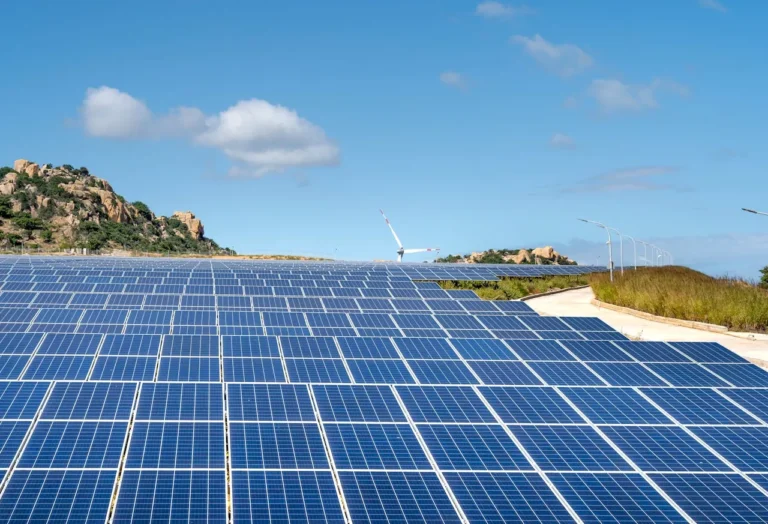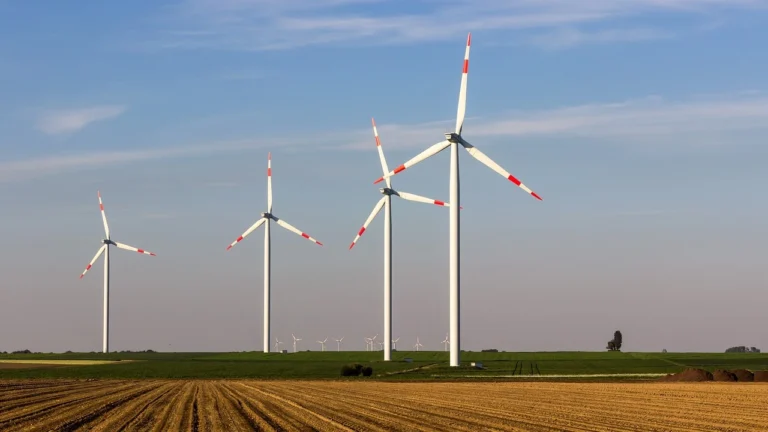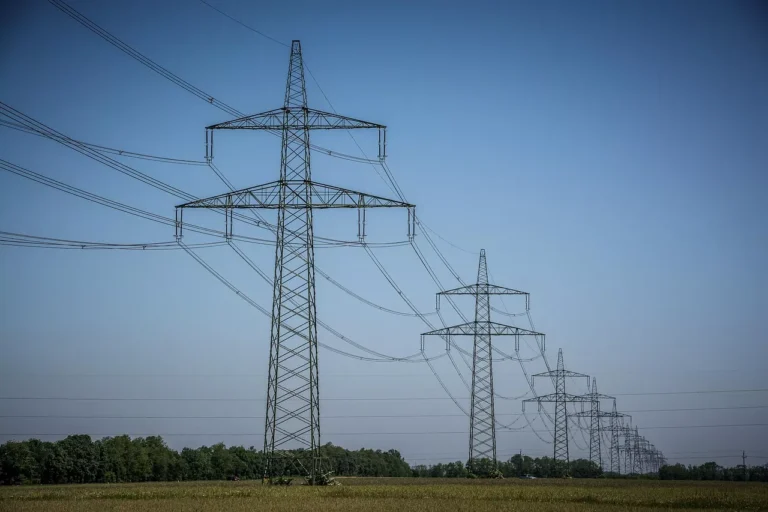
National Grid has officially energized its newly constructed 132kV indoor substation in Barking, delivering reliable electricity to 20,000 local homes and supporting the area’s low-carbon transportation infrastructure. This state-of-the-art facility enhances the resilience of East London’s electricity network and underscores National Grid’s commitment to meeting growing energy demands as the region transitions to a cleaner, greener future.
Supporting Homes and Transport
The new substation connects the local grid operator, UK Power Networks (UKPN), to National Grid’s high-voltage transmission network, ensuring seamless electricity distribution for residential and industrial use. In addition, the facility provides power to a nearby Network Rail feeder station, supporting electrified train routes and furthering low-carbon transport initiatives in the region.
Modernizing Infrastructure for Future Needs
This project replaces an older 132kV substation built in the 1950s to distribute electricity from the former Barking C power station. The original substation, constructed in the post-war era, was designed to be inconspicuous to enemy aircraft. While it served its purpose for decades, the aging infrastructure required modernization to meet current and future energy needs.
The new substation features 17 bays, which are essential components enabling connections to the grid. It also includes space for future upgrades, ensuring adaptability as demand grows. Situated alongside National Grid’s larger 275kV/400kV substation, the new facility significantly reinforces the energy supply system in East London, helping to support both residential and industrial energy requirements.
Seamless Construction and Collaboration
National Grid partnered with Murphy, its principal contractor, to construct the substation. Together, they transferred existing circuits and connections to the new facility without any disruption to power supplies. This seamless transition underscores the expertise and coordination between National Grid and its partners in delivering essential infrastructure projects.
Laura Mulcahy, project director at National Grid Electricity Transmission, emphasized the importance of the new substation in ensuring East London’s energy future. “Our new Barking substation is a crucial upgrade to the electricity network in East London and will help future-proof it as electricity demand in the capital grows,” she stated. “With these latest network upgrades, our infrastructure in the area will continue to support the energy transition for decades to come.”
Continued Investments in Clean Energy Infrastructure
The energization of the Barking substation is the latest milestone in National Grid’s series of infrastructure upgrades across London and the southeast of England. In August, the first circuit on the London Power Tunnels 2 project was energized, and in April, National Grid switched on its new Littlebrook substation in Dartford, Kent. Both projects are part of a broader effort to enhance the electricity network, connect millions of homes to cleaner energy, and support the UK’s transition to a net-zero energy system.
Collaboration Driving Success
The success of the Barking substation project highlights the collaboration between key stakeholders, including National Grid, UK Power Networks, and Murphy. Andrew White, programme manager for UK Power Networks, praised the partnership: “We’re delighted to work with National Grid on this major infrastructure project serving 20,000 locals in Barking and East London. This investment will benefit residential and industrial supplies and comes as part of our commitment to reinforcing reliable energy for many years ahead.”
Liam Corr, managing director for energy at Murphy, echoed these sentiments: “Our company purpose is to improve life by delivering world-class infrastructure, and this project is a great example of that. We are proud to have played our part in future-proofing energy supplies for the local community.”
A Legacy of Energy for East London
Barking has played a pivotal role in powering London since the early 20th century, with its first power stations contributing significantly to the city’s growth. With this new substation, National Grid continues to honor this legacy while paving the way for a more sustainable energy future. The facility is fully operational and ready to meet the evolving energy demands of East London, supporting residents, businesses, and transportation networks as the region embraces a cleaner, greener energy landscape.











